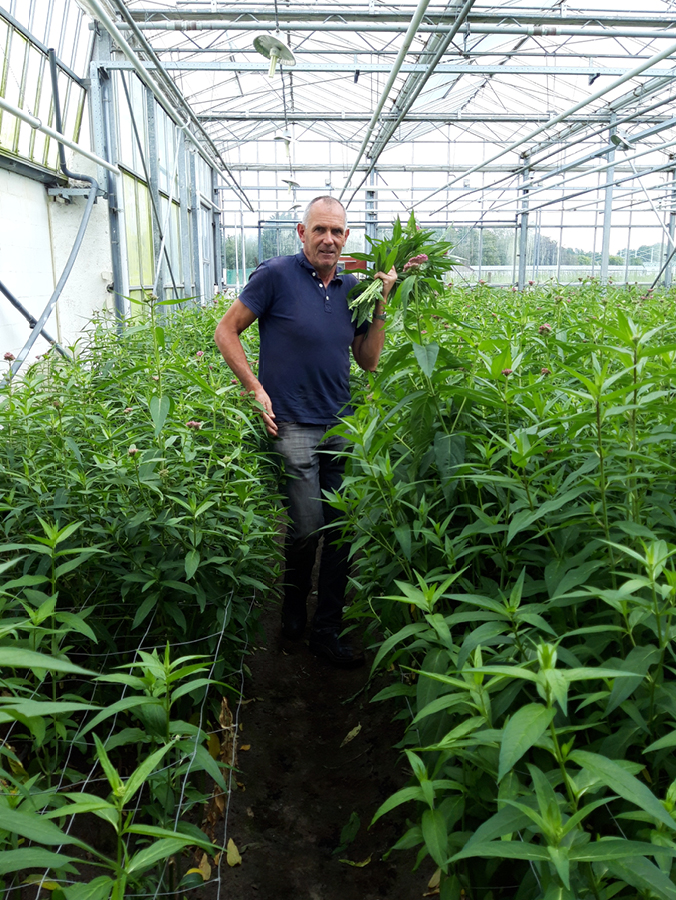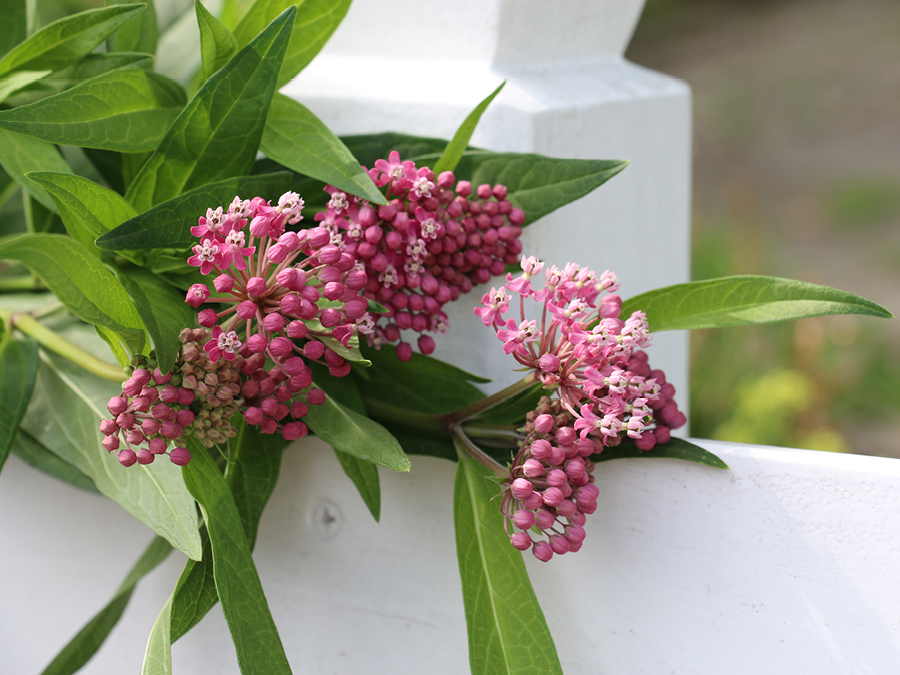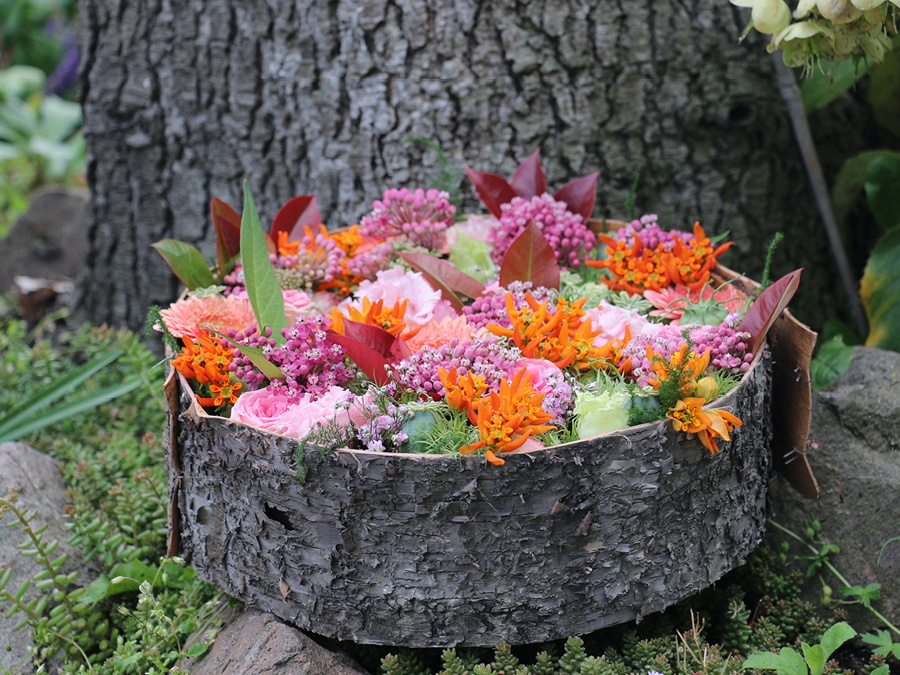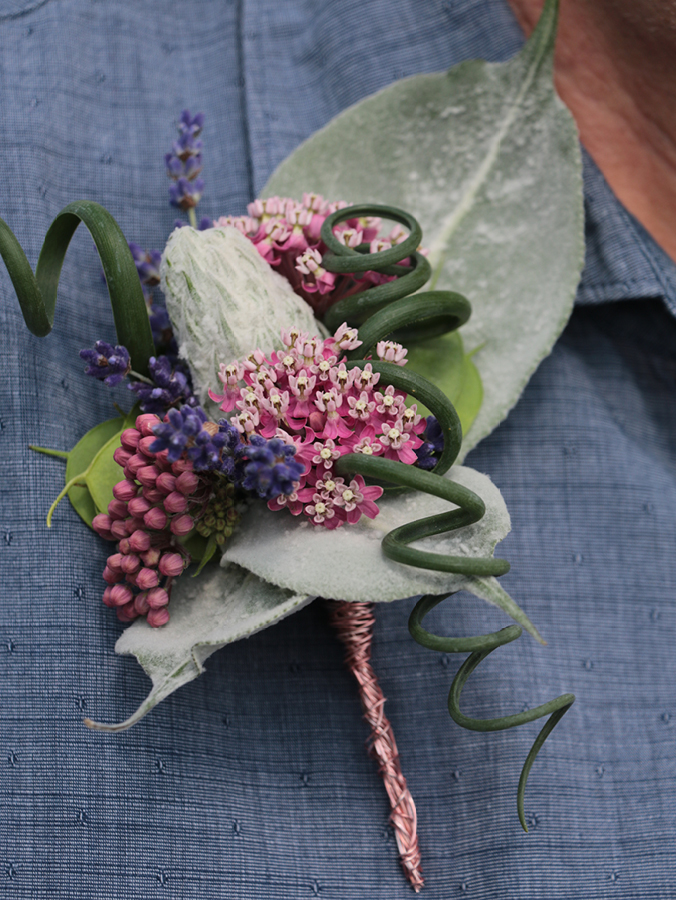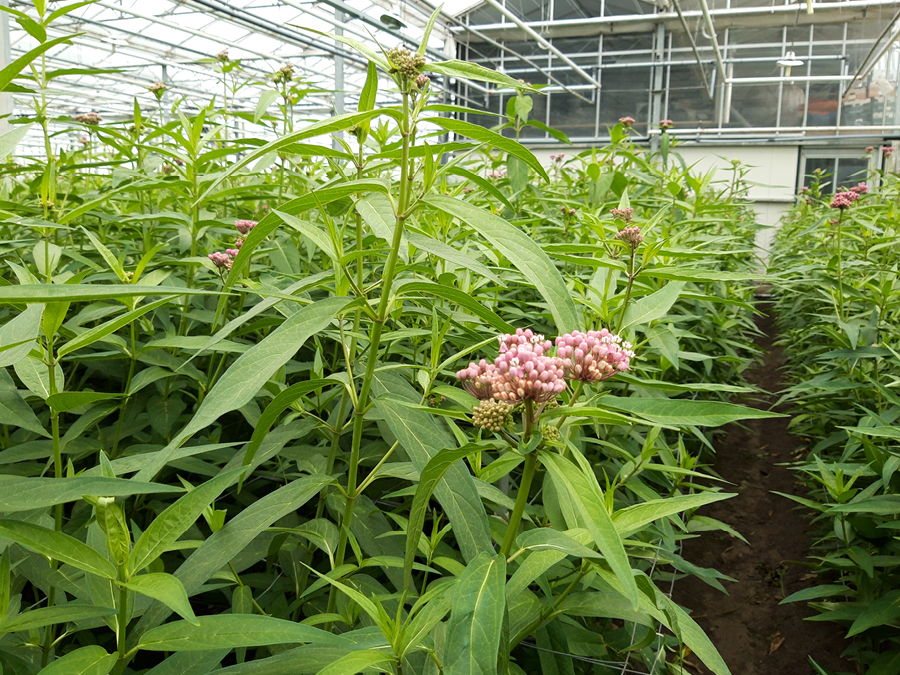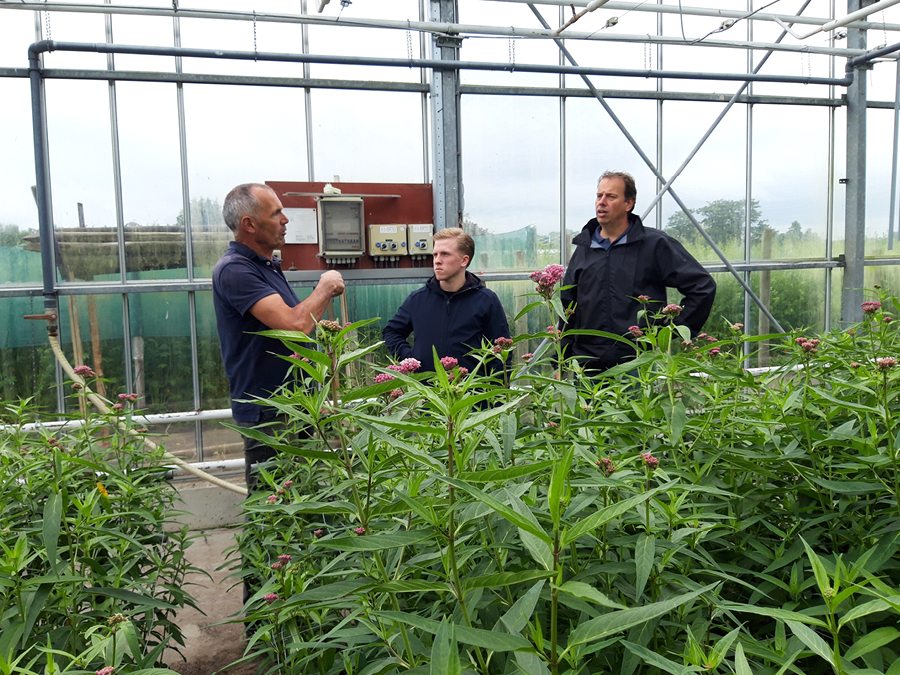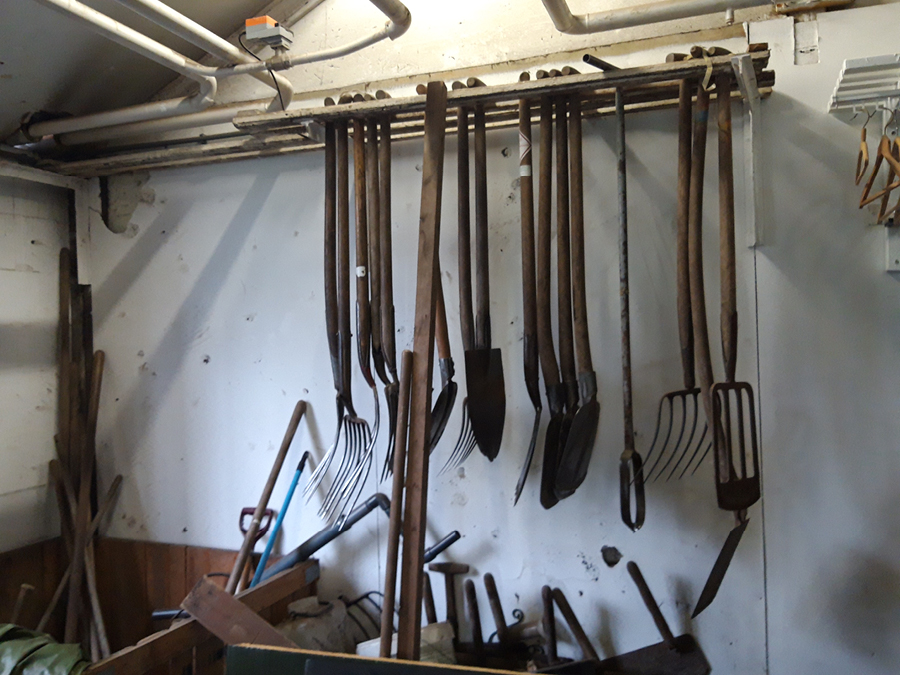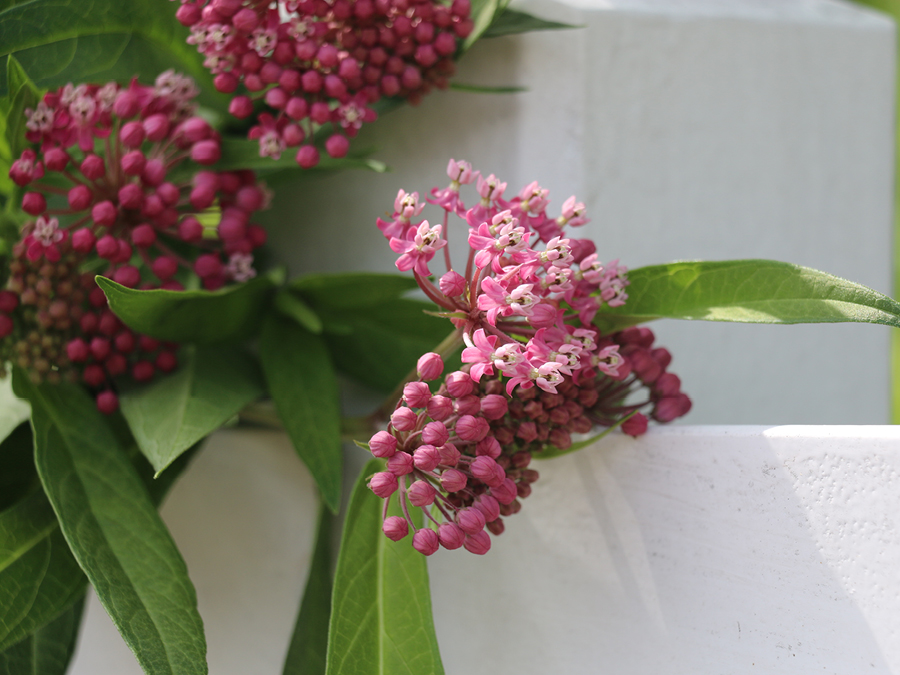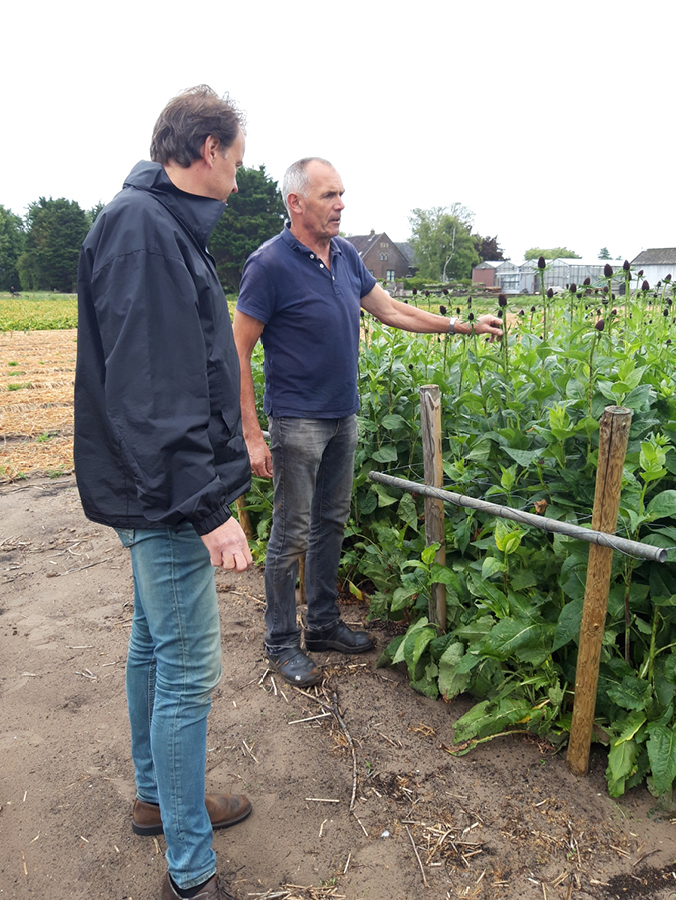This week at FloraPodium
Asclepias incarnata ´Soulmate´
Calendar
The Asclepia incarnata "Soulmate" is available from May to September.

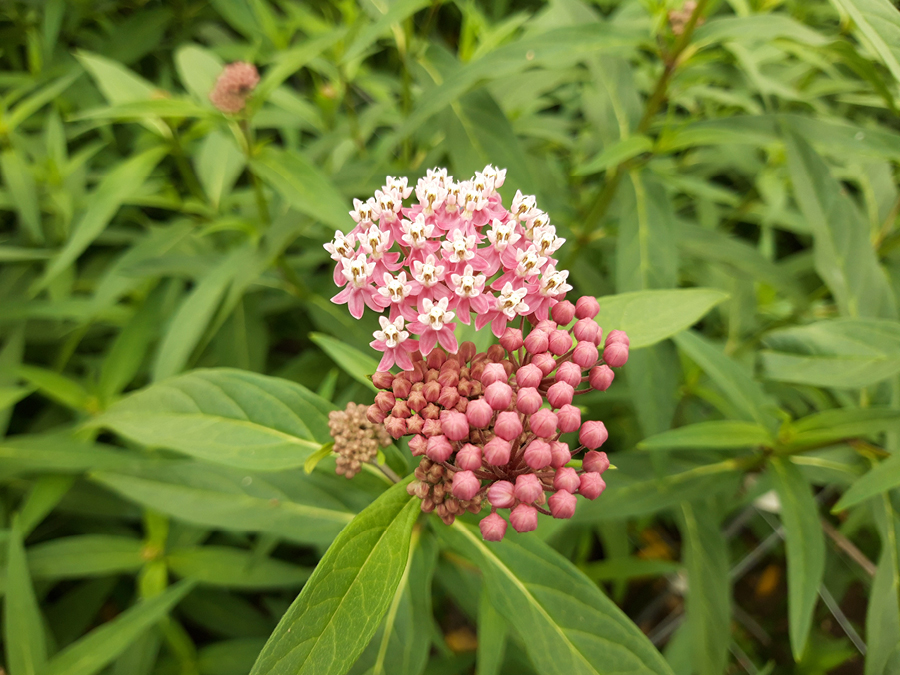
In the spotlights
“Nico, do you have anything special in your garden?” We asked Nico from the Janson nursery curiously. We don't just ask Nico for nothing. We know that he always grows the most unique and beautiful varieties at his nursery. And yes, he had something special. This week, the story of Nico and his Asclepias incarnata "Soulmate".
Euphorbia
Asclepias has not been known for very long. It is a genus of herbaceous perennials from the periwinkle family (Apocynaceae). The periwinkle family is a family of dicotyledonous plants. Like many of the plants in this family, most Asclepias varieties also produce milk juice. This is what really characterizes the product! This juice is called euphorbia. This white milky substance is released when the stem or leaf is injured. This immediately explains the English name "Milkweed". The Asclepias incarnata is called "Swamp Milkweed" in English because it likes to grow in a slightly more humid place in a border.
The Asclepias incarnata does not have a lot of this milky juice, which makes it special within her family.
Attractive for butterflies
The flowers have a wonderful vanilla scent and bloom in white and pink. This makes her very attractive for butterflies. The Monarch butterfly is particularly fond of this plant. She eats the flowers and lays her eggs in it. The caterpillars of this butterfly species mainly eat the leaves.
This week's product
The product in this week's spotlight is the Asclepias incarnata ´Soulmate´. The longer you look at this flower, the more beautiful it becomes. Very small, fine flowers clustered in a screen of flowers. Each individual flower has five sepals that have been lowered. In the inner part of this separate flower there is a pestle that has grown together with the stamens. Around it again five petals that grow upwards. Every flower is a beauty in itself.
Care
Ensuring a long vase life for this product is difficult because you need a little more explanation. If you follow the correct instructions, you might even enjoy this special product for as long as two weeks.
Cutting diagonally with a sharp knife is usually the rule when it comes to vase life, so never use scissors. By cutting flowers diagonally with a sharp knife, the vascular bundles remain open, but with scissors you squeeze them shut, so that the flower gets less water.
But ... With this flower the grower advises to cut them with scissors just before they go in the water. After cutting it is best to rinse the Asclepias before they are put in the water. This stops the milk from "bleeding". The Asclepias varieties that bleed a lot of milk juice can also be burnt shut with hot water, so that the bleeding stops.
This is a care that does not completely match the usual care, with the exception of flower food; the Asclepia does benefit from this, so don’t forget to add cut flower food.

The cultivation
Nico has been in the business for 44 years. His father once started the nursery growing bulbs. Nico is the only one of the 7 children who became infected with the gardener's virus. He knew what he wanted before he was 20 years old; to specialize in growing extraordinary and special flowers! He even had to ask the queen for permission to borrow money to start his business.
Difficult cultivation
Nico is a true professional specialist who has told us about his company with great passion. In addition to Asclepias, he grows many more summer flowers such as: Rudbeckia, Phlox, Mentha, Sedum, Euphorbia, Alchemilla, Stachus and Sanquisorba. Asclepias love "fresh" soil and are therefore grown on a different piece of land every time. He also often "swaps" land with his neighbors. The cultivation of the Asclepias is actually quite difficult compared to his other crops. The unreliable weather in the Netherlands is also causing different growth patterns. The propagation of the species through tissue culture is also difficult because the small plants fall away quickly.
Increase
As a hobby, Nico propagates the Asclepias from seeds. As an Asclepias breeder, he has even put the very striking Asclepias ‘Beatrix’ and ‘Amalia Improved’ to his name. One plant grows from one seed of Asclepias Incarnata. He tears the plant, creating a plant with at least two old stems. The torn plants are put in the ice after a rest period. Just like lilies, they are wrapped with plastic so that they survive the cold. The torn plants have no leaves yet and can therefore withstand this treatment. They enter a storage cell at -2, so that a frost period is simulated. In this way, the plants can be kept for a number of months, so that the cutting season can be stretched and the product can be offered for a longer period.
FloraPodium, 14 June 2019
